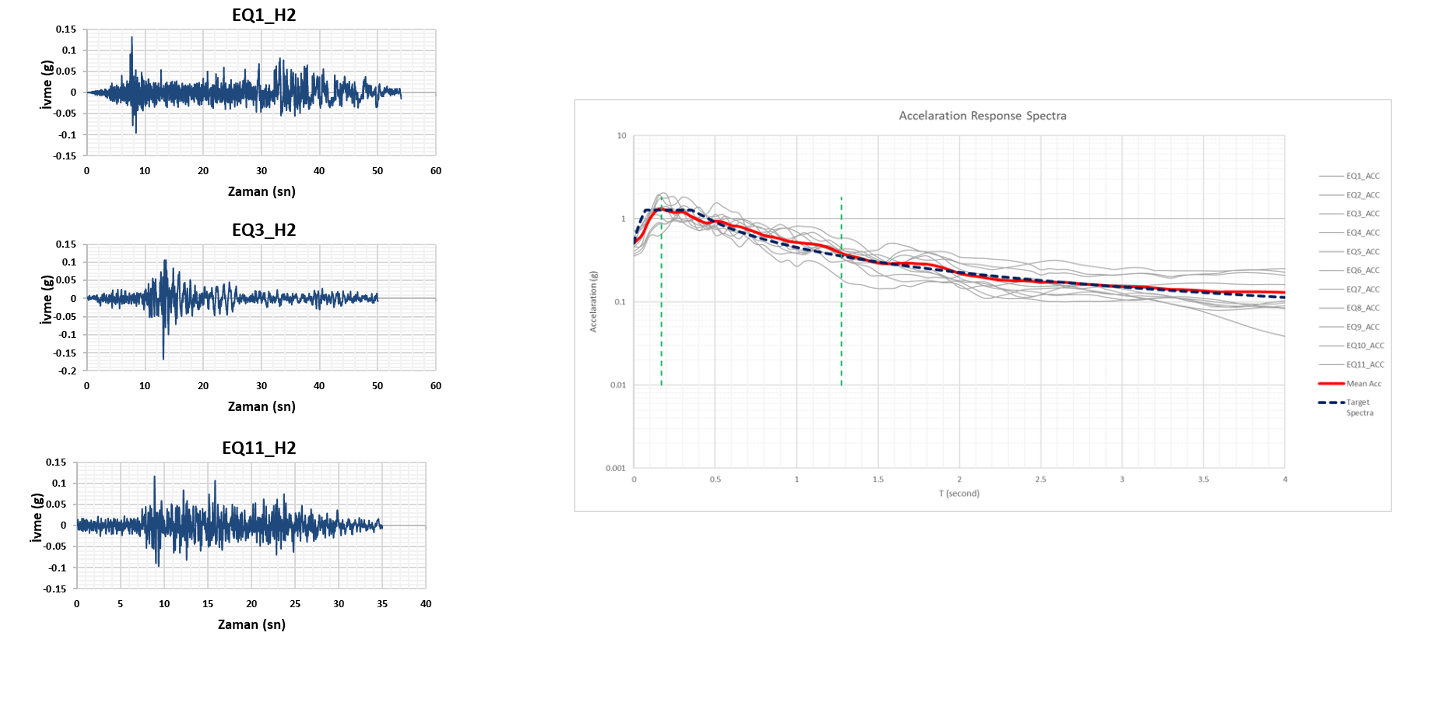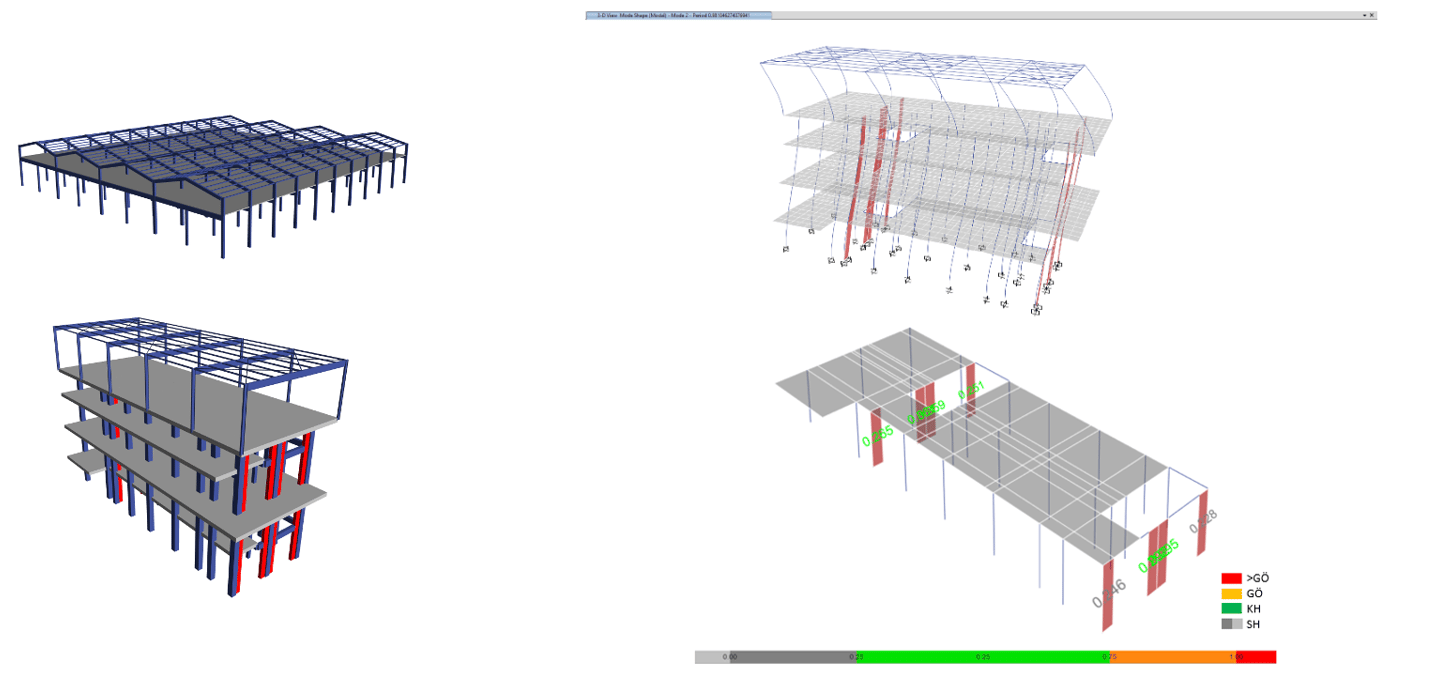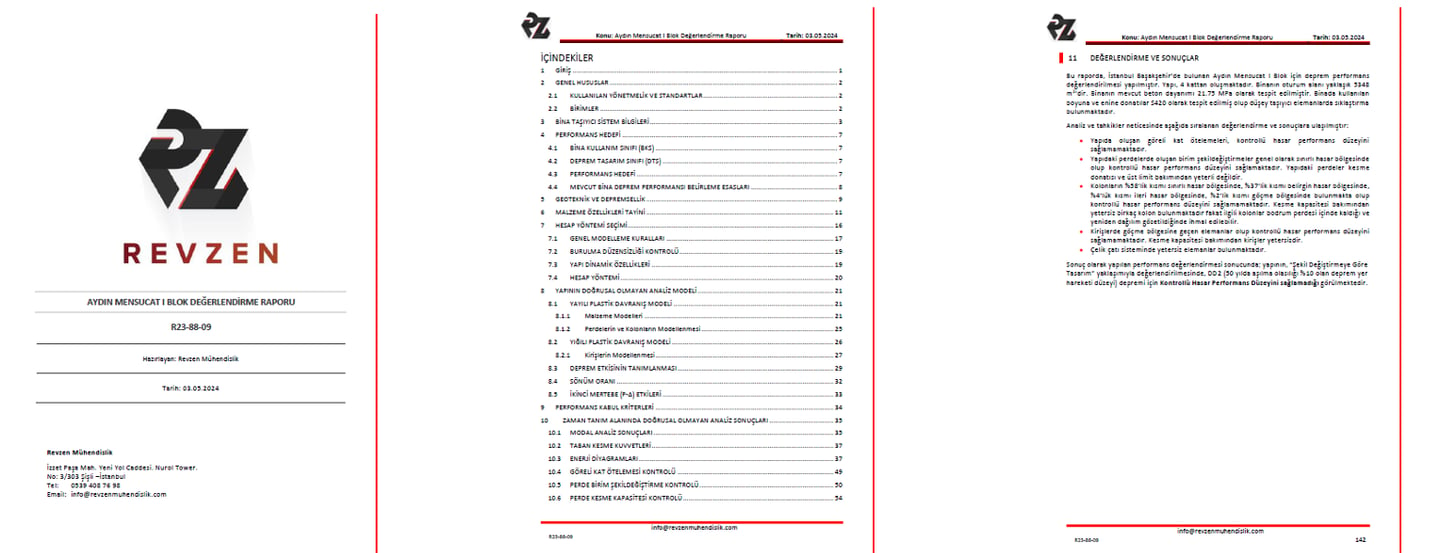An Example of Performance Assessment Presentation
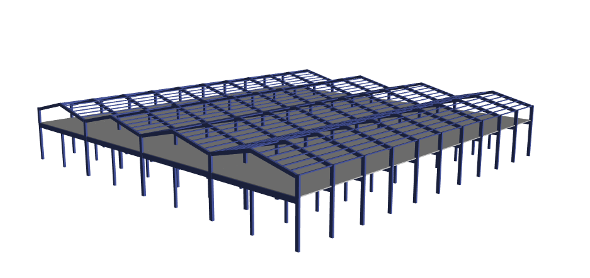

Summary
Proje Scope
Factors Affecting Structural Performance
Steps of Process
Results
What Can Be Done? (Recommendations)
Project Scope
Within the scope of the project, the assessment of the relevant building is conducted. The number of blocks and boundaries of the structure are determined.
In summary: In line with the principles outlined in TBDY 2018, the following activities are carried out as part of collecting information from the buildings: Identification of structural systems, determination of building geometries and soil properties, detection of existing damages, as well as previously implemented modifications and/or repairs (if any), measurement of structural element dimensions and identification of existing reinforcements, determination of material strength properties.
Based on the information obtained from field investigations of the relevant structures, 3D finite element models are created. The performance level of the structures is then determined using the nonlinear time-history analysis method which is defined in TBDY 2018.
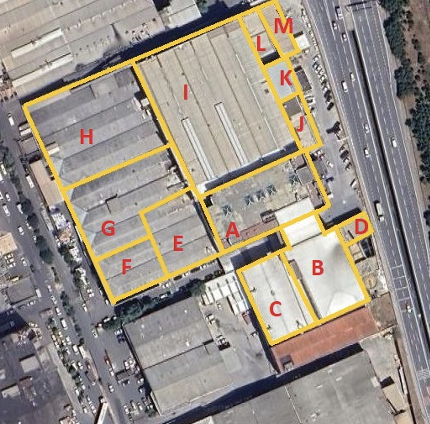

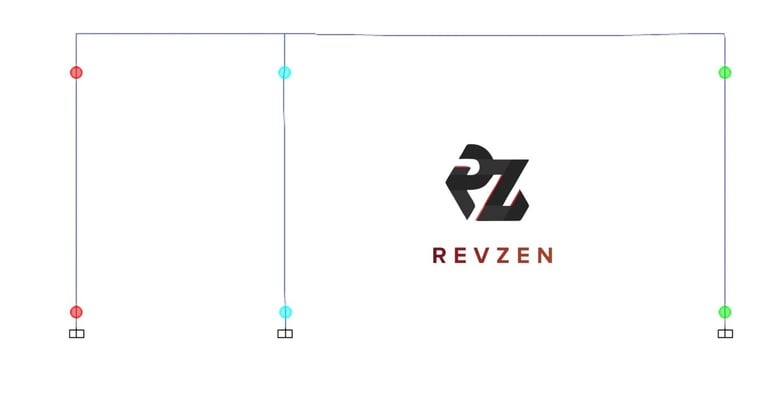

Factors Affecting Structural Performance
Engineering Service (Is there a structural design project? Were adequate cross-sections and geometry used for structure? Project-based interventions?)
Concrete Strength
Reinforcement Class
Local Soil Conditions
Detailing and Workmanship (Confinement zones, stirrup hooks, adequate development length)
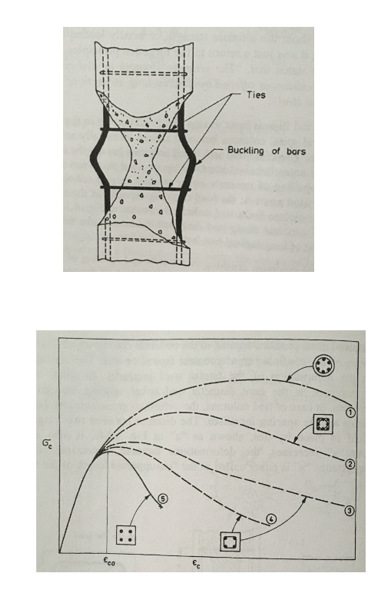

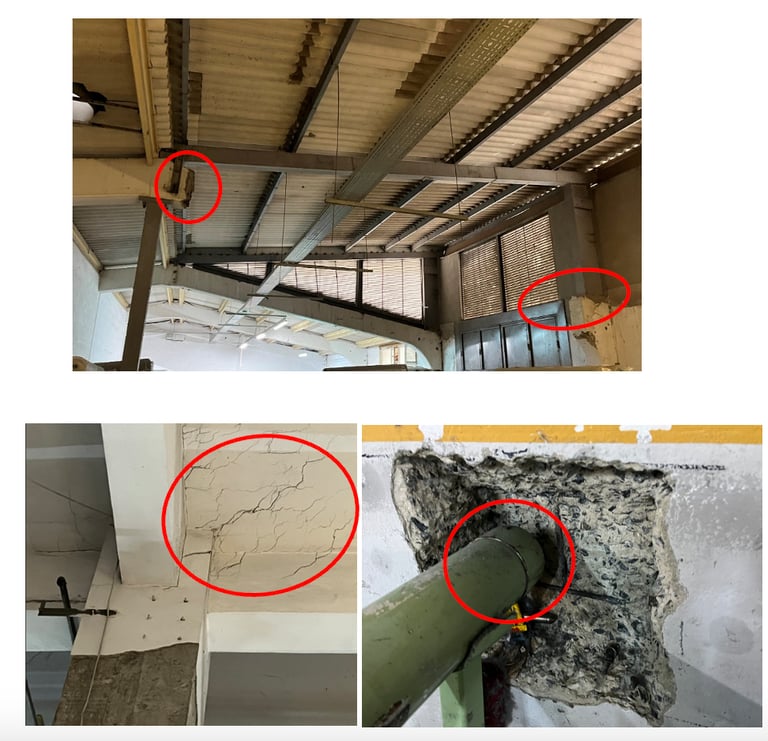

The procedures to be carried out to examine these factors are as follows;
Material testing
Project verification, survey work and identification of interventions
Soil testing
Reinforcement detailing inspections
Selection of appropriate seismic records
Creating of analytical models and analyses
Reporting
Evaluation of Material Testing
Concrete samples taken from the structure are tested for compressive strength through uniaxial compression tests conducted by laboratory firms approved by the Ministry of Environment and Urbanization. The average compressive strength of the concrete is determined by excluding outlier samples from the sample set and calculating the average in accordance with relevant regulations.
The reinforcement class and quality (except for special cases) are identified through visual inspection during crushing the clear cover of concrete.
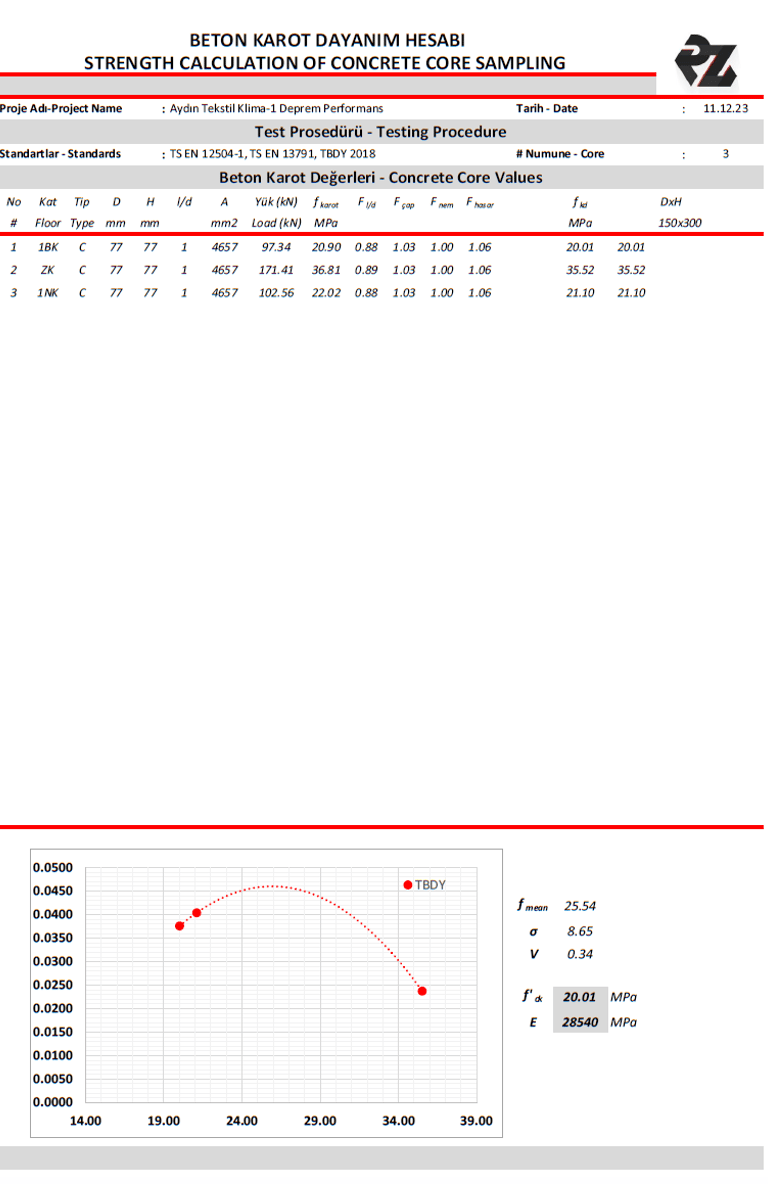

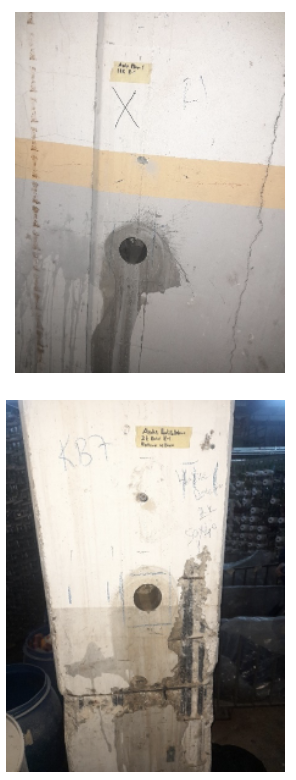

During reinforcement arrangement and detailing control:
· Hooks of stirrup and ties are checked,
· Development lengths are controlled,
· Confinement zone inspections are performed,
· Reinforcement class is checked.
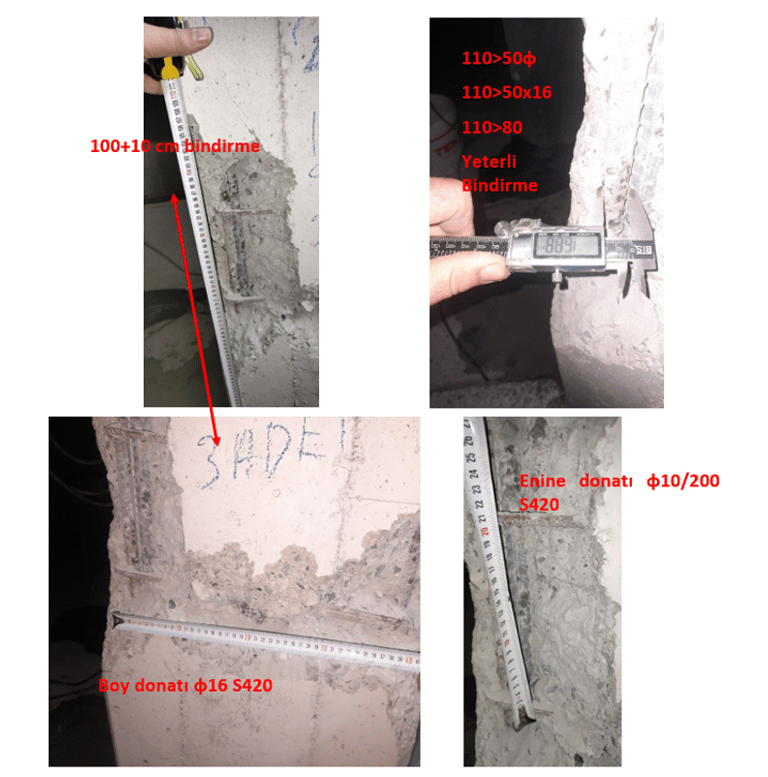

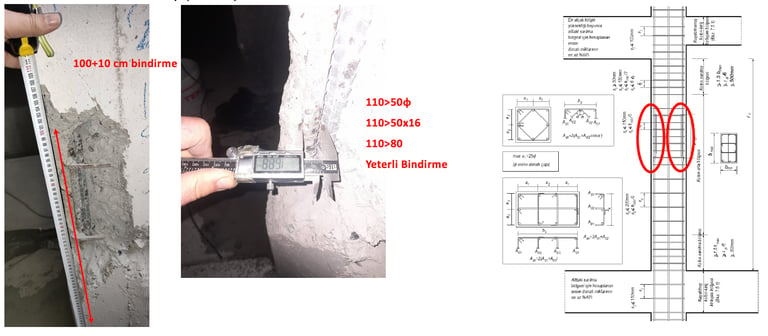

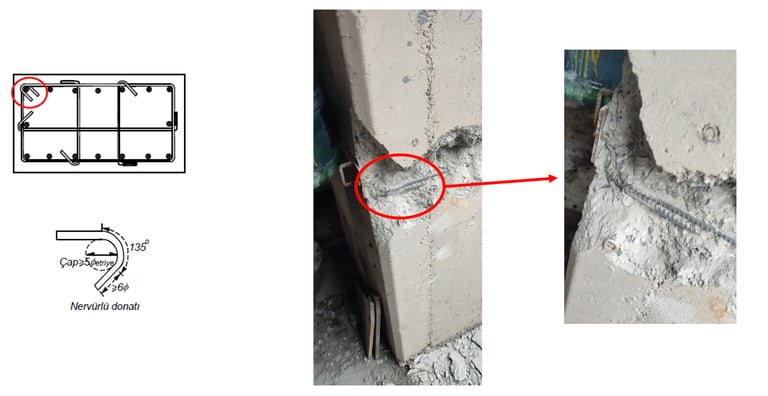

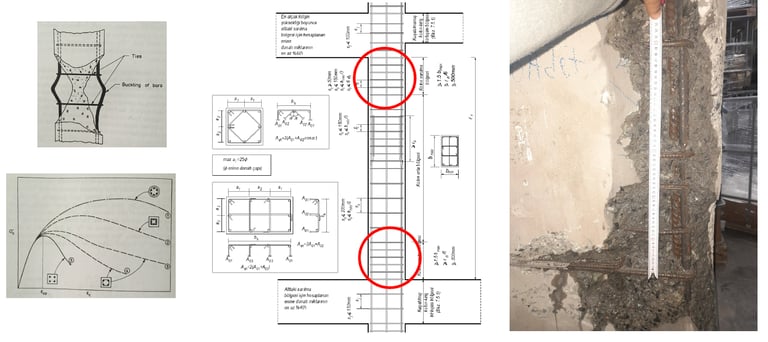

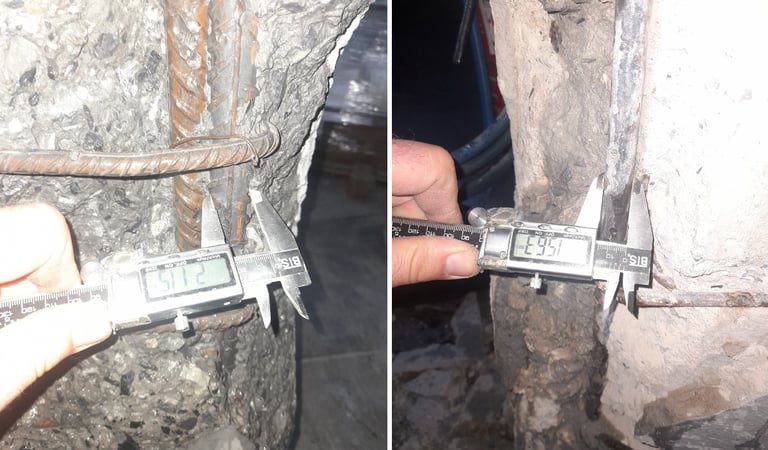

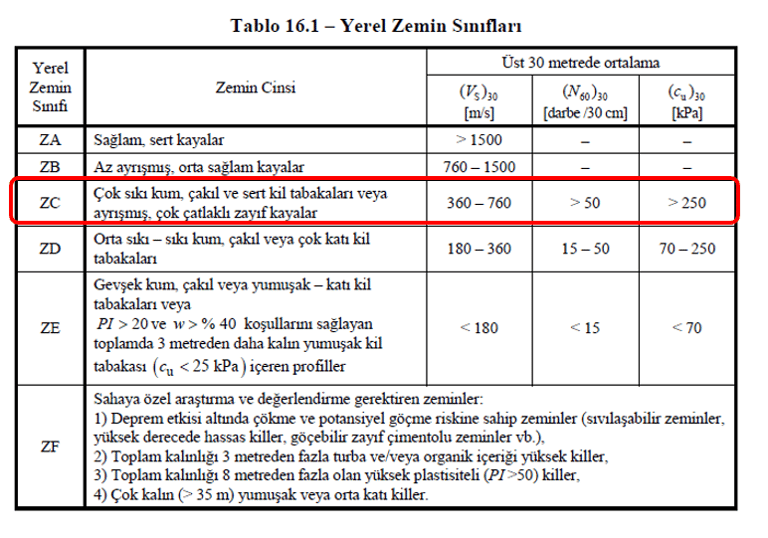

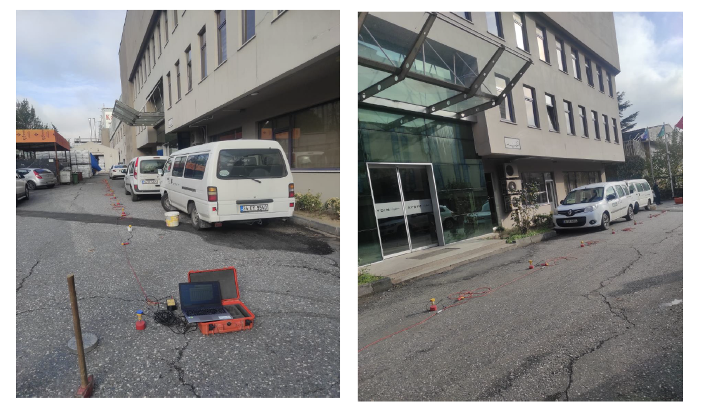

To gather information about the soil, boring and seismic reflection/refraction tests are conducted. After field and laboratory studies, soil reports are prepared, and the required soil parameters for performance evaluation are provided to the authorized structural engineer.
S420
S220
Analysis Phase
Once the analysis method is determined based on the building:
· A linear analytical model is created.
· If the building’s structural geometric and rigidity characteristics of the building are not suitable for incremental pushover analysis, suitable earthquake records are selected for the structure; otherwise, the next step is followed.
· A nonlinear model is created with assignment of the required definitions (fibers, hinges, links etc). Then analyses are performed.
· The results are documented in a report.
